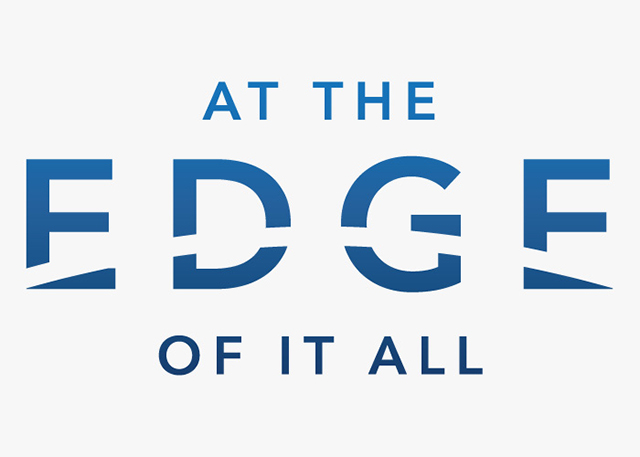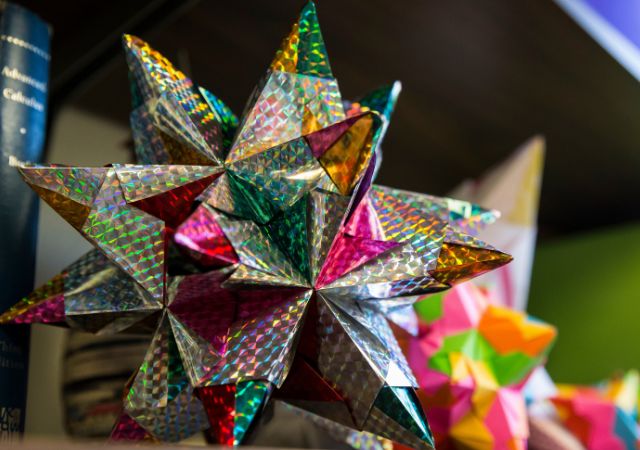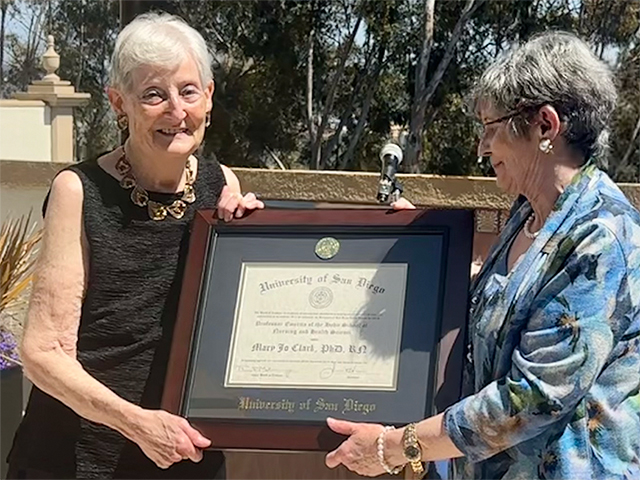Holy Land Reflection: A Truly Immersive Experience
Each year, the Frances G. Harpst Center for Catholic Thought and Culture conducts a USD Faculty Travel Immersion Seminar. Each January, a small group of interdisciplinary faculty travel to a place connected in a broad sense with the Catholic intellectual and/or cultural and social traditions. This year’s seminar was in the Holy Land. The theme was “The Holy Land: Art, Architecture, Engineering, and Politics.” Below, USD Sociology Professor Michelle Camacho, PhD, provides a reflection of the trip.
At USD, we understand international experience to be a “high-impact practice” for our holistic development, not just for students but also for faculty. During intersession, thanks to an endowment that sponsors faculty development via USD’s Center for Catholic Thought and Culture, I joined a small group of multi-disciplinary faculty on a pilgrimage to the Holy Land.
Walking inside the walled city of Old Jerusalem with our Israeli guide, visiting the tomb of Jesus, touching the physical wall that separates Israel and Palestine, sharing a meal with students at the University of Bethlehem on the West Bank — these immersive experiences produced our understandings of this year’s theme, “The Holy Land: Art, Architecture, Engineering, and Politics.”
Inside the walls of Jerusalem, Franciscan Friars opened the doors of their monastery to us. Their dormitories are annexed to the sites known for the flagellation, and Pilate’s condemnation, of Jesus. Since St. Francis of Assisi commissioned their work in 1217, the Franciscan brothers have continued to have a presence in the Holy Land as custodians of Christian holy shrines. We listened to them share histories of an 800-year presence, and to their personal stories about their research, their vocation of teaching, and their day-to-day lives as guides of pilgrims in these centuries-old sacred spaces.
We visited the Holocaust Museum, architecturally a long, dark tunnel with wired barriers that direct visitors chronologically through narrative horrors and physical remnants: Nazi propaganda posters, dioramas of concentration camps, a life-size wheelbarrow to transport dead bodies inside Jewish ghettos, a pile of shoes leftover from gas chambers. Projected on the walls were statistical maps detailing the geographic extermination of millions of Jews, videos of Holocaust survivors, and stories of resistance and courage of those who helped to hide and protect children and escapees. As we exited the museum toward the light at the end of the tunnel, we read the complete text of the Declaration of the Establishment of the State of Israel and watched video of its signing.
We crossed through the Israeli border checkpoint to the West Bank. After visiting Bethlehem’s Church of the Nativity, we drove past the West Bank Barrier, a wall erected to demarcate Israeli and Palestinian territory. Graffiti covers the wall: Banksy’s art, poetry for peace, and pleas for U.S. action.
At the University of Bethlehem (UB), a Catholic institution where 70 percent of students are Muslim and 30 percent are Christian, we met with students who shared with us their hopes of finding work, and dreams of falling in love. They also shared stories of despair, about night raids in their homes; about the bombing of University of Bethlehem; about long waits at the checkpoints early in the morning as they try to arrive to class in time. They told us to hurry to miss the chaos that occurs on Friday evenings after the call to prayer, when young men throw rocks in frustration against the wall that borders their territory with Israel, and how the rocks are sometimes met with Israeli gunfire.
At the end of each day, we all sat in silence on the bus ride, trying to process all and reconcile our experiences with what we knew from U.S. news.
There were also moments for spiritual reflection, particularly for those of us seeking to understand physical spaces that produce meaning, and the origins of our faiths. One morning, in the quiet darkness of dawn, I entered the walls of Jerusalem and found my way to the Church of the Holy Sepulchre, where I participated in Catholic mass, in Arabic, and received communion inside the tomb of Jesus.
Upon my return, I reflected on a course I formerly co-taught for the USD Honors program called, Pilgrims, Travelers, Tourists: Cultural Constructions of the Self and the Other. Among the grand questions of our liberal arts education, we often consider, “Who am I in this life?” Every visit abroad produces only a partial and fragmented perspective for an opportunity to consider this response. These immersive visits provoke us to continue our learning and engagement as we struggle with the grand challenges and questions of our contemporary society, and ourselves within it.
— Michelle Camacho, PhD
Photos courtesy of Michelle Camacho
A second faculty member, Shiley-Marcos School of Engineering Professor Frank Jacobitz, PhD, also reflected on the trip. View his reflection.




